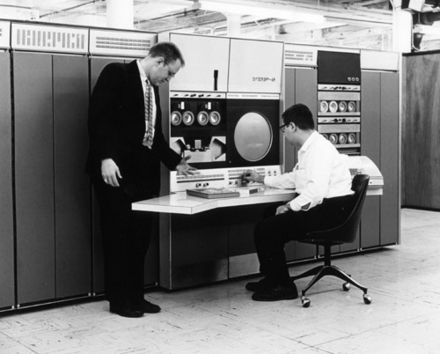CEN/CENELEC FGQT article published in EPJ Quantum Technology .
Download publicationThe CEN/CENELEC FGQT produces a QT Standardisation Roadmap, including all areas of quantum technologies: quantum computing and simulation, quantum communication, and quantum metrology, sensing, and imaging. A first “draft” of the roadmap is currently been prepared for publication, and will likely appear in Feb. 2023 (it has to be agreed by all the European national bodies).
Only yesterday, a new article providing insights on quantum technologies standardisation, from the perspective of the CEN/CENELEC Focus Group Quantum Technologies, was published:
Oskar van Deventer et al. „Towards European standards for quantum technologies“, EPJ Quantum Technology, 2022 (https://doi.org/10.1140/epjqt/s40507-022-00150-1);
The article contains also contributions by the author of this blog post, especially about the current situation in Quantum Communication (QKD) security certification. The author, who is co-author of this publication, is supported by the current StandICT grant 07-725 “Coordination of Background-Documents for the Security Evaluation of QKD Products”:
While several areas in quantum communication standardisation are already substantially covered, there are still gaps and blank spaces where much needed standards are missing. This is especially true for the field of QKD security certification, where the ETSI ISG-QKD has produced a sample ISO/IEC 15408 “Common Criteria” protection profile for a prepare and measure QKD link, and the ISO/IECJTC1SC27WG3 has produced two standards for requirements and test and evaluation methods for QKD products: Any security specification for a QKD product will need to rely on additional so-called background documents, especially where cryptographic protocols and algorithms need to be specified. All these cryptography-related choices will need to be based upon widely recognised and accepted background documents, like standards, or technical specifications. The specification of the quantum optical subsystem too will need to rely on compliance with external standards, e.g. for the employed QKD protocol, including its security proof, for specific components, like photon sources and detectors required by the QKD protocol, for random number generators, for attack methods and for attack rating methodologies. This issue has only arisen recently, and a timely identification of required background documents, i.e. standards, as well as the coordination of an efficient generation of these by standards developing organisations active in the field has become a major issue to prevent a potential major roadblock on the way to certified QKD products. Here the European CEN/CENELEC FGQT, as well as its envisioned CEN/CENELEC Joint Technical Committee successor, intends to assume a coordination function with the maintenance and dissemination of its QT standardisation roadmap.
After all, coordination of standardisation activities is becoming increasingly important in quantum communication (QKD) standardisation: It seems that most of the involved standards developing organisations are trying to cover the entire field of QKD standardisation by themselves, without looking much at the activities of other SDOs. This has currently already led to incompatible standards for security certification in the ETSI and ISO/IEC, as well as to several competing developments towards standards for crypto- graphic key management in QKD networks. If no effective steps are being taken to counteract that trend, the situation might end up as in the sector of IT cloud standardisation where dozens of standardisation developing organisations have developed virtually hundreds of competing standards, while the mostly used (de-facto) standards are set by major industrial players (Amazon AWS) outside the participative processes of actual standards developing organisations.
While in some fields multiple parallel approaches represent a potential “danger” and inefficiency, other areas, besides that of the mentioned background documents, still re- main a blank slate: Currently there are no standards available e.g. for QKD protocols and for specific classes of photon sources and detectors. Networks for transferring quantum mechanical states (“full quantum networks”) are even not at all covered in QT standardisation. Therefore, there is ample room for additional work to be carried out in quantum communication standardisation—with a substantial need for active coordination of activities to avoid the pitfalls of inefficiencies and double work. (p. 16ff)
The article is published under a Creative Commons „CC BY 4.0) license (http://creativecommons.org/licenses/by/4.0/ ) and can thus be freely used, shared, adapted, distributed, and reproduced.

Please login to post comments